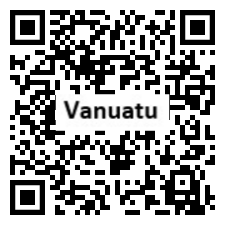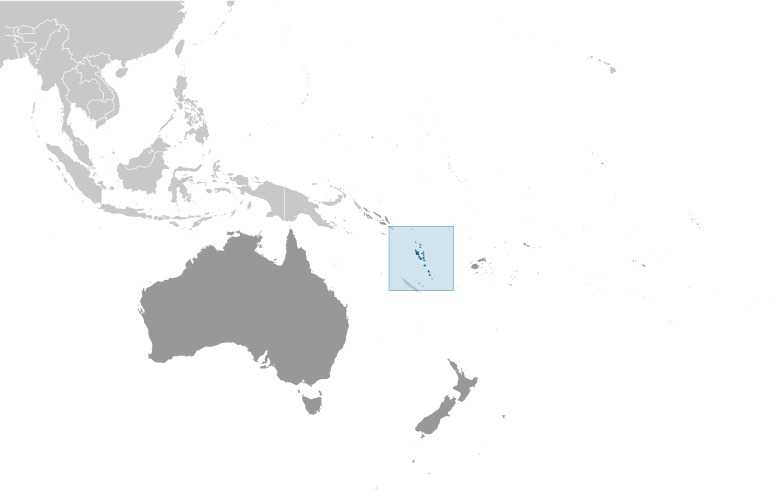Introduction
Background
Austronesian speakers from the Solomon Islands first settled Vanuatu around 2000 B.C. The British and French, who settled the islands (then known as the New Hebrides) in the 19th century, agreed in 1906 to a condominium, which administered the islands until independence in 1980 under the new name of Vanuatu.
Geography
Area
total : 12,189 sq km
land: 12,189 sq km
water: 0 sq km
Climate
tropical; moderated by southeast trade winds from May to October; moderate rainfall from November to April; may be affected by cyclones from December to April
Natural resources
manganese, hardwood forests, fish
People and Society
Population
total: 318,007
Ethnic groups
Ni-Vanuatu 99%, other 1% (European, Asian, other Melanesian, Polynesian, Micronesian, other) (2020 est.)
Languages
indigenous languages (more than 100) 82.6%, Bislama (official; creole) 14.5%, English (official) 2.1%, French (official) 0.8% (2020 est.)
Religions
Protestant 39.9% (Presbyterian 27.2%, Seventh Day Adventist 14.8%, Anglican 12%, Churches of Christ 5%, Assemblies of God 4.9%, Neil Thomas Ministry/Inner Life Ministry 3.2%), Roman Catholic 12.1%, Apostolic 2.3%, Church of Jesus Christ 1.8%, customary beliefs (including Jon Frum cargo cult) 3.1%, other 12%, none 1.4%, unspecified 0.1% (2020 est.)
Population growth rate
1.55% (2024 est.)
Government
Government type
parliamentary republic
Capital
name: Port-Vila (on Efate)
Executive branch
chief of state: President Nikenike VUROBARAVU (since 23 July 2022)
head of government: Prime Minister Charlot SALWAI (since 6 October 2023)
Legislative branch
description: unicameral Parliament (52 seats; members directly elected in 8 single-seat and 9 multi-seat constituencies by single non-transferable vote to serve 4-year terms (candidates in multi-seat constituencies can be elected with only 4% of the vote)
Economy
Economic overview
lower-middle income Pacific island economy; extremely reliant on subsistence agriculture and tourism; environmentally fragile; struggling post-pandemic and Tropical Cyclone Harold rebound; sizeable inflation; road infrastructure aid from Australia
Real GDP (purchasing power parity)
$999.536 million (2023 est.)
$977.896 million (2022 est.)
$959.511 million (2021 est.)
Real GDP per capita
$3,000 (2023 est.)
$3,000 (2022 est.)
$3,000 (2021 est.)
Agricultural products
coconuts, root vegetables, bananas, vegetables, fruits, pork, groundnuts, milk, beef, tropical fruits (2022)
Industries
food and fish freezing, wood processing, meat canning
Exports
$152.087 million (2022 est.)
$82.08 million (2021 est.)
$132.943 million (2020 est.)
Exports - partners
Thailand 42%, Japan 27%, South Korea 7%, Philippines 6%, China 5% (2022)
Exports - commodities
fish, perfume plants, copra, shellfish, cocoa beans (2022)
Imports
$579.347 million (2022 est.)
$520.391 million (2021 est.)
$438.373 million (2020 est.)
Imports - partners
China 24%, Australia 15%, Malaysia 12%, NZ 9%, Fiji 8% (2022)
Imports - commodities
refined petroleum, ships, plastic products, poultry, broadcasting equipment (2022)
Exchange rates
vatu (VUV) per US dollar -
Page last updated: Wednesday, July 24, 2024




